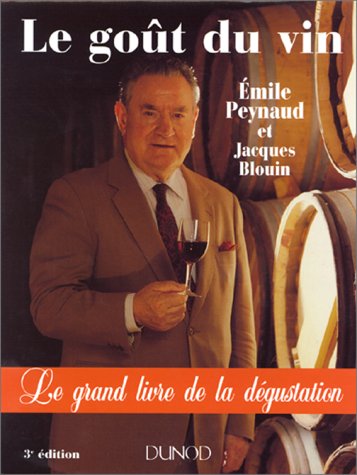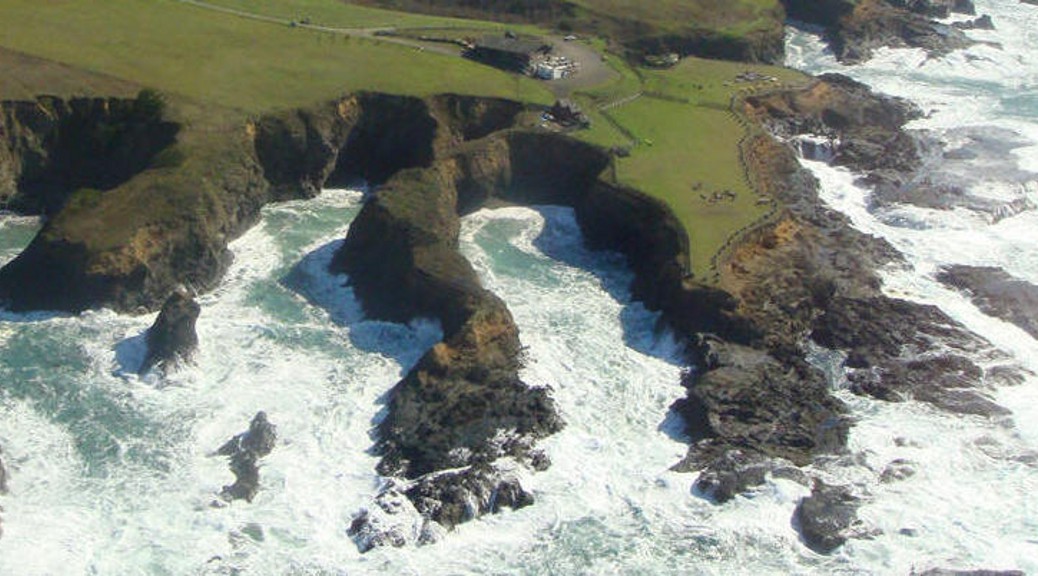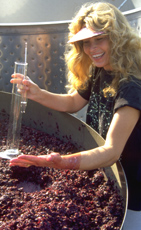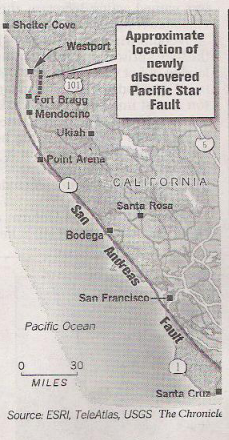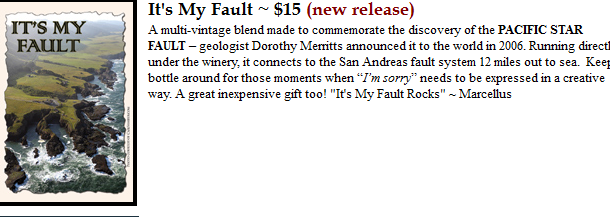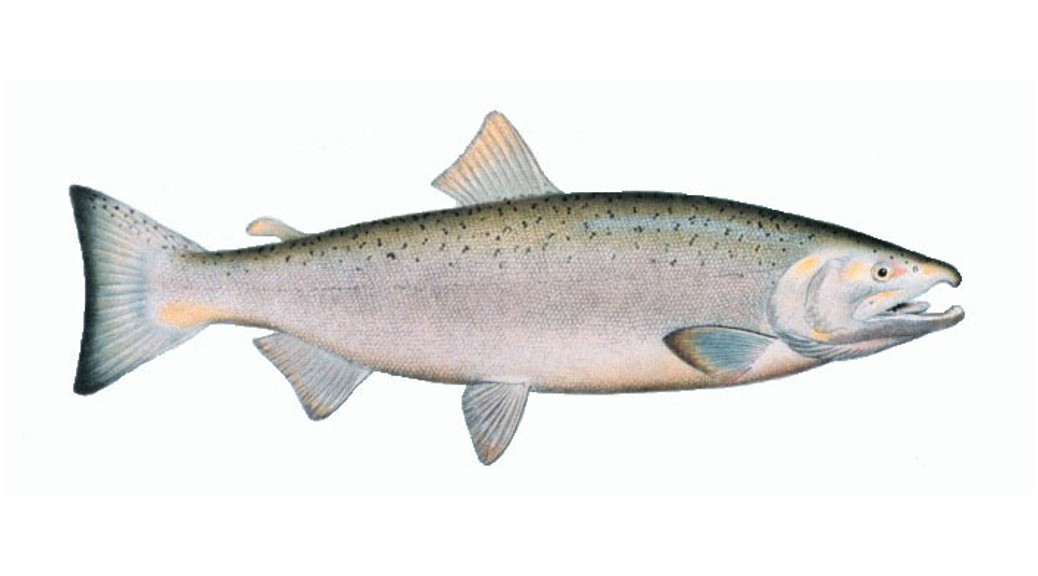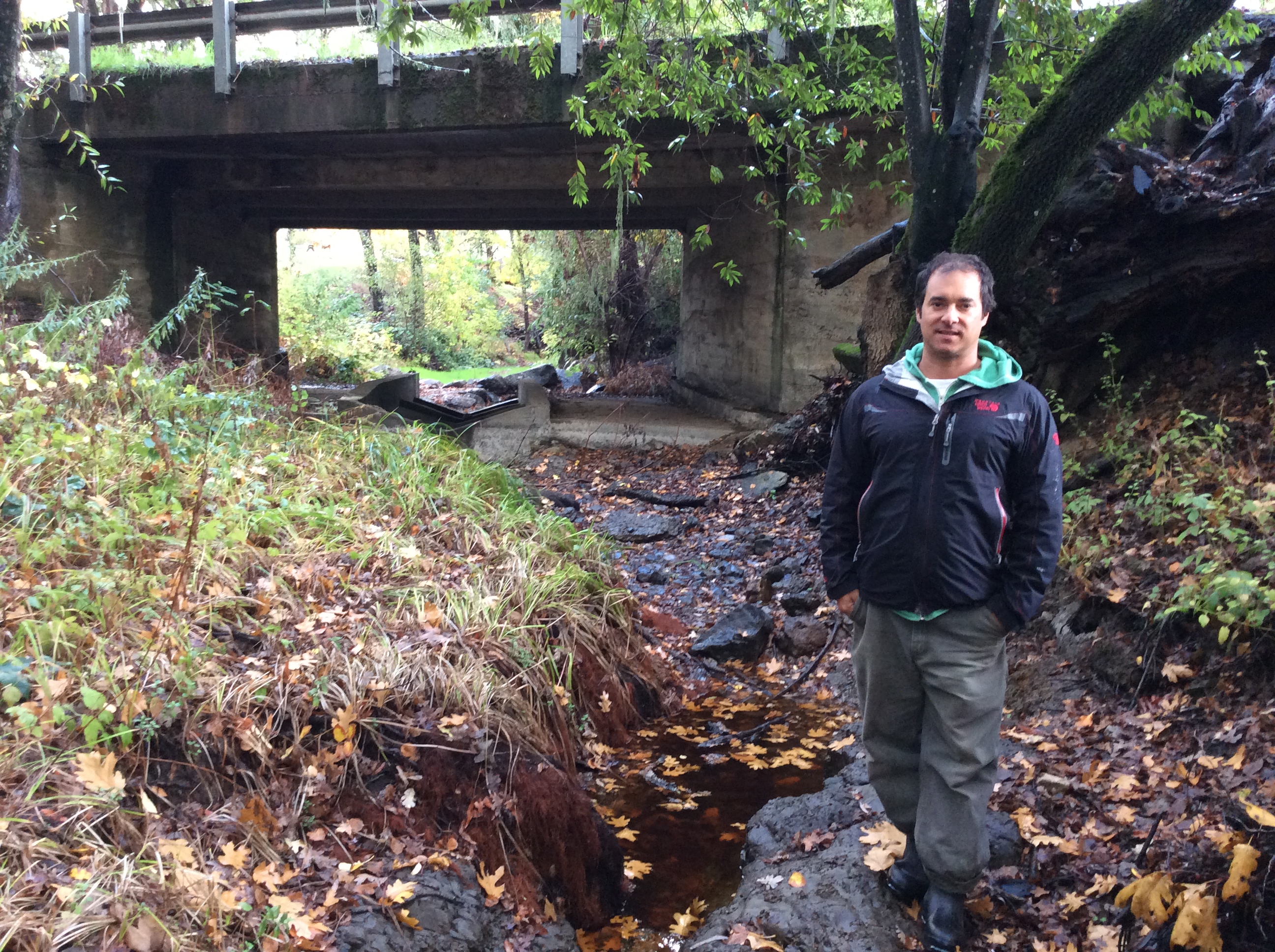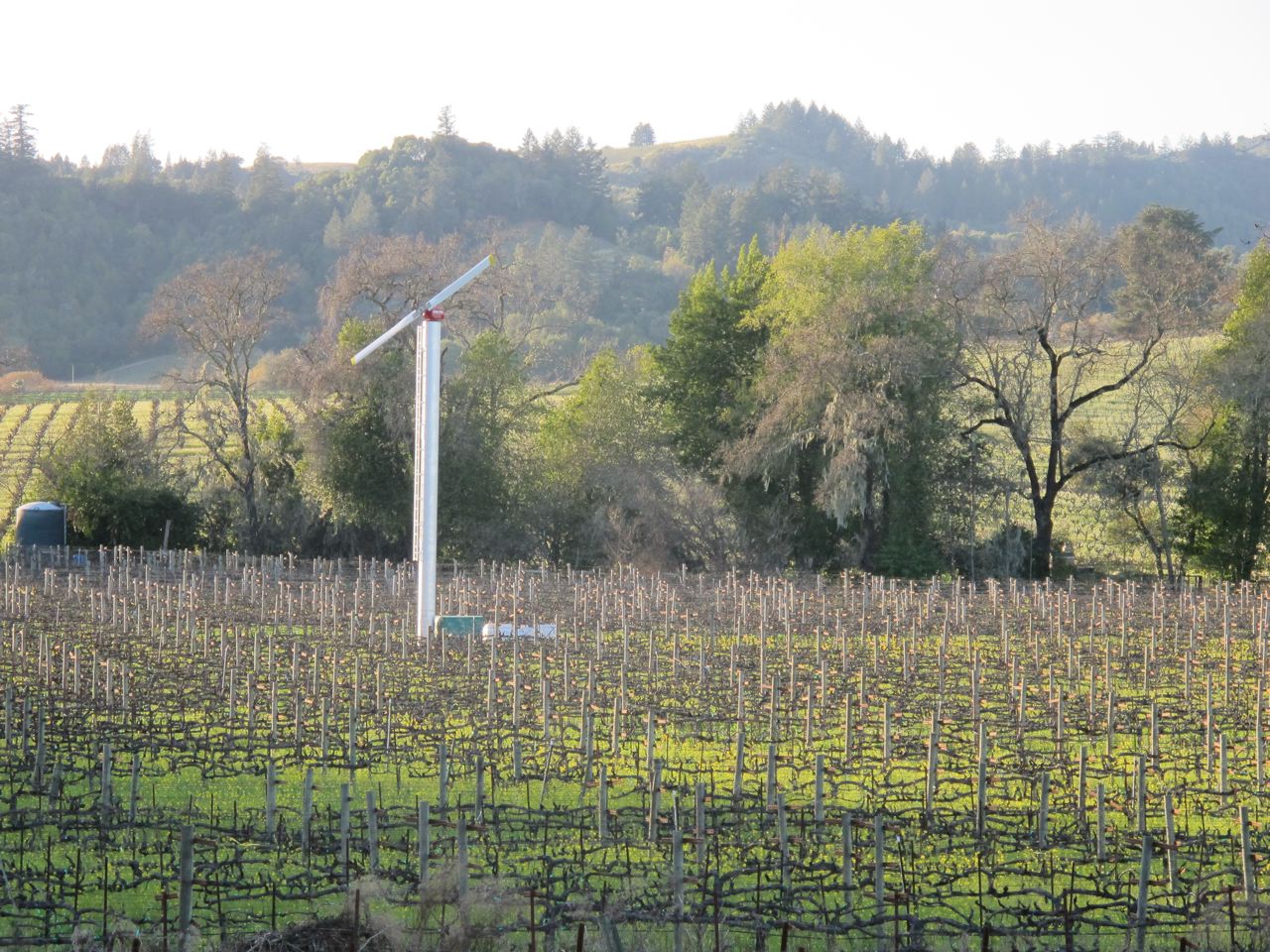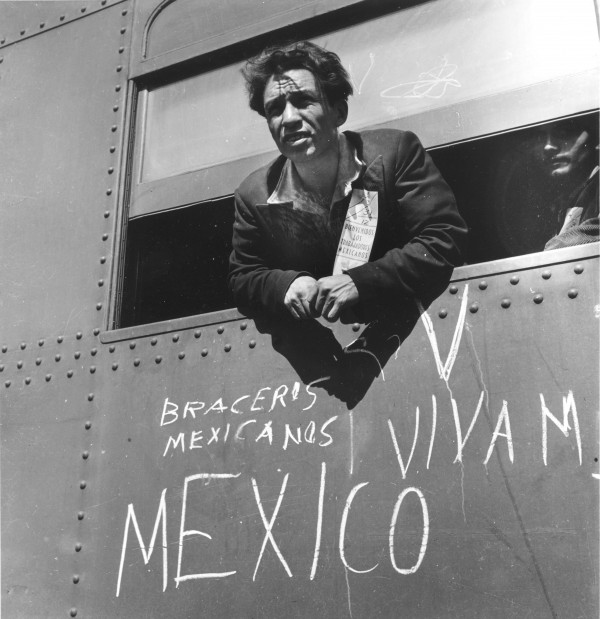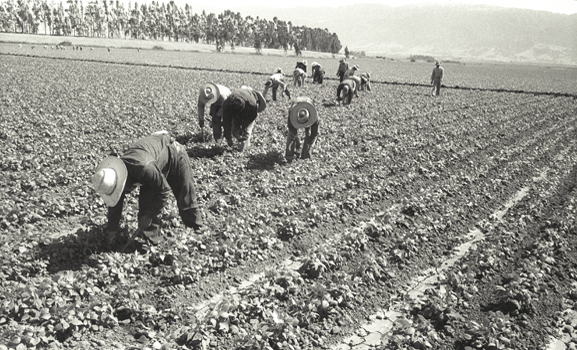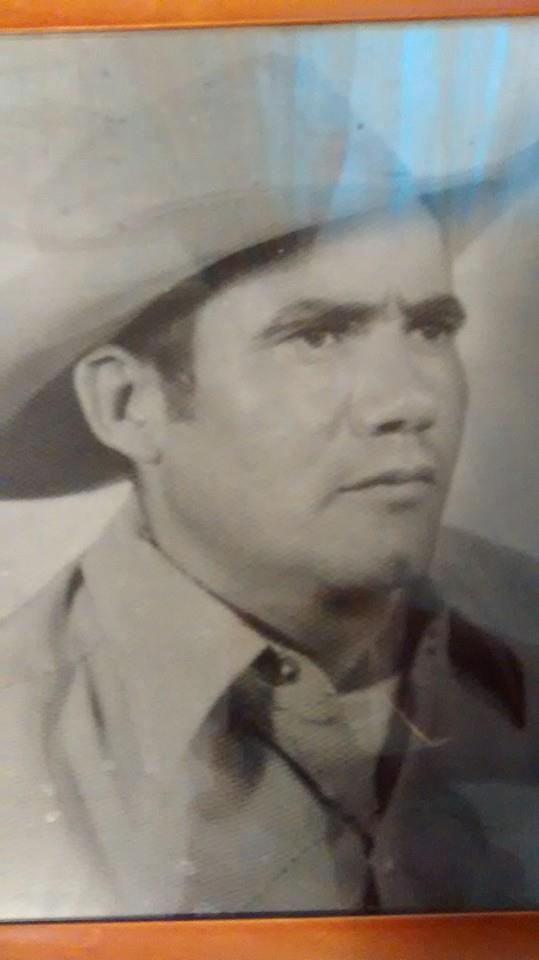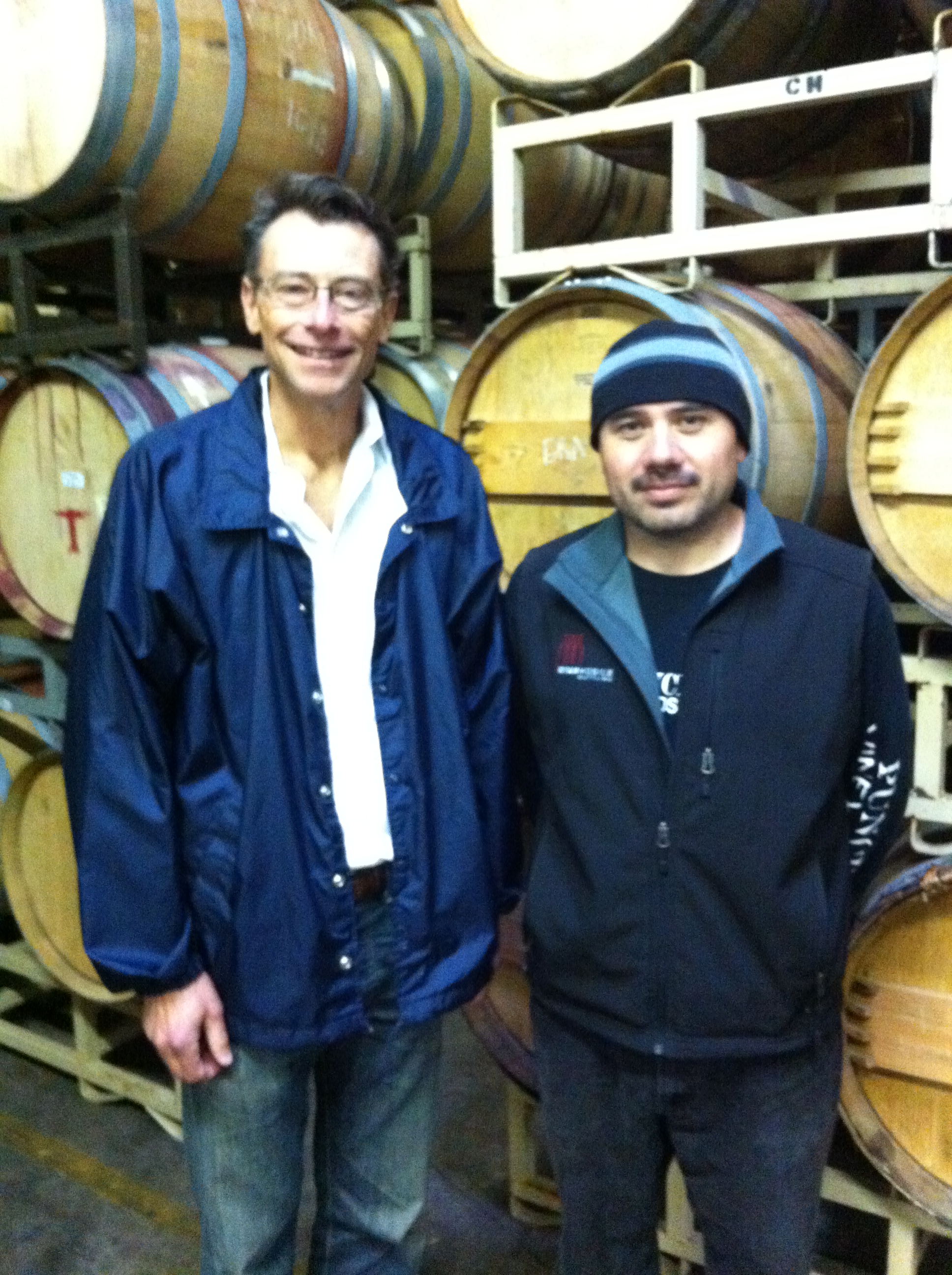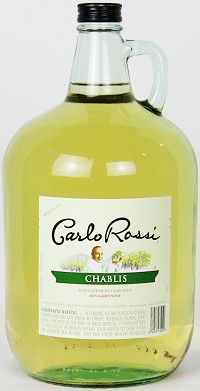 “Drink less but be fastidious in your choice; every time you purchase an inferior bottle, you compromise the reputation of good wine in general.”
“Drink less but be fastidious in your choice; every time you purchase an inferior bottle, you compromise the reputation of good wine in general.”
So what is good wine? Peynaud has his parameters, which I know now and will share with you.
But I will tell you first that I have drunk, and bought, plenty of inferior wine. In my first memory, I actually stole it.
You see, I did not grow up in a wine-drinking household. My parents’ drink of choice was bourbon and water, with a side of Granny Goose potato chips. But my paternal Motherland – Croatia – is ground zero for wine discovery. The cradle, my instructor once called it.
My father was laying in the cradle when he had his first taste of wine. As any Old World European would, my Croatian grandmother would dilute wine with water, wet her index finger, and rub it lavishly on my teething father’s gums as his yelps of pain silenced under the salve. I would like to think they did the same for me – but I can’t be sure.
So I deduce my first taste of white wine was from a jug of Carlo Rossi Chablis stolen from a Catholic confirmation party in the 8th grade. During the party, my best friend Tina and I knew the exact moment when all adults would be cleared out of the Clubhouse kitchen located directly across from where Tina lived.
We each took two. I can still see us, hoofing those seemingly 40-pound jugs across the street as fast as our Top Sidered feet would take us – our thumbs desperately wrapped in the rings of their handles.
The Carlo Rossi tasted of granulated aspirin tablets, especially when it was warm, which it always was, because we stored the four jugs in Tina’s closet. Looking for a tennis racket a month later, Tina’s father found the stash, and quickly confiscated them.
And that was the end of my white wine drinking until Bartles and James wine coolers came into fashion in high school.
Acidity and sweetness makes white wines harmonious, Peynaud writes. “Because they possess little or no tannin, white wines have a simple balance of flavors by comparison with red wines. Their support structure is conditioned solely by substances that are sweet and those that are acid.”
The Carlo Rossi had none of the pure fruit sweetness, and – from what I remember – was as high in acid as a Woodstock Summer of Love hippie.
